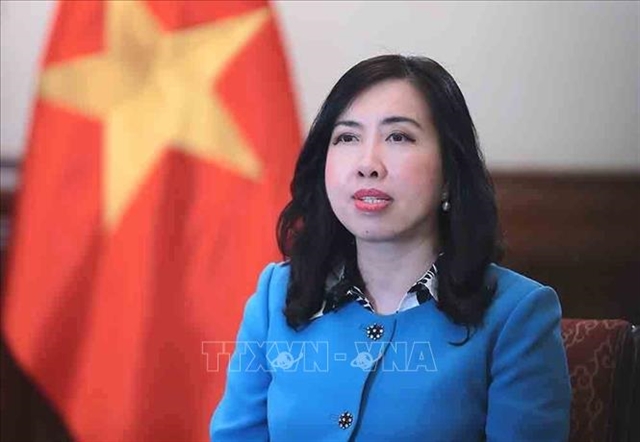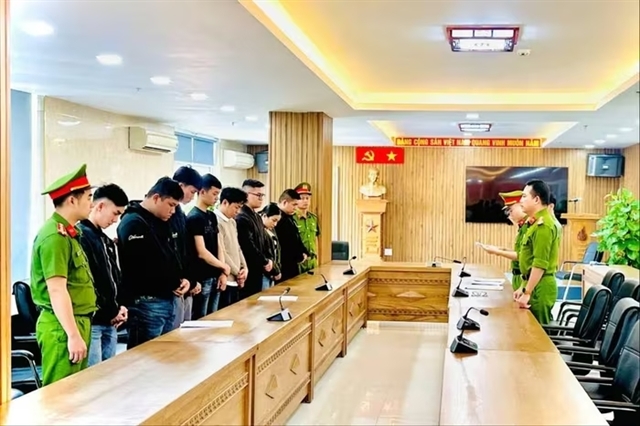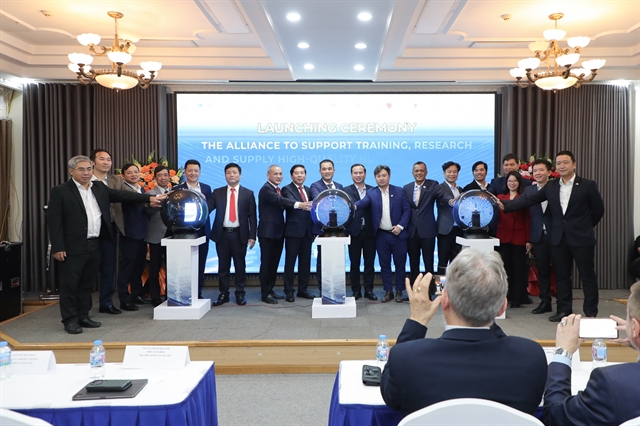 Society
Society
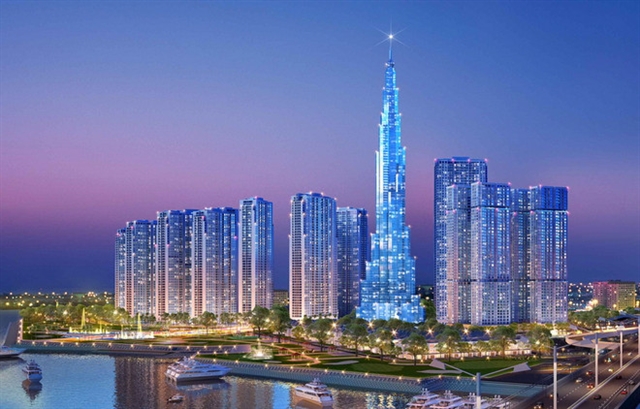
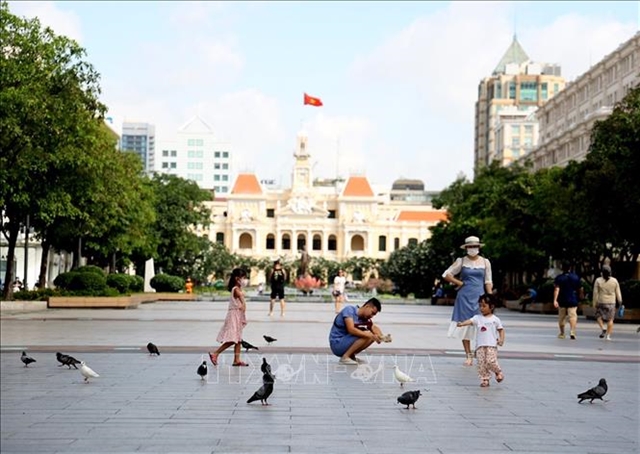
|
| Visitors stroll along Nguyễn Huệ Pedestrian Street in downtown HCM City, where colonial architecture, modern high-rises and vibrant public spaces showcase the city’s cultural blend and urban dynamism. — VNA/VNS Photo Hồng Đạt |
HCM CITY — Backed by modern infrastructure and a wealth of resources, HCM City is advancing plans to link urban, industrial and marine tourism, a strategic viewed as essential to unlocking its vast potential and tapping into its thriving domestic market.
According to the city’s Department of Tourism, the city currently boasts 808 tourism resources, 7,211 travel enterprises, 9,540 licensed guides and 4,243 lodging facilities.
It offers visitors a distinctive landscape where a modern urban core blends seamlessly with beaches, forests and cultural heritage sites across the southern region.
Following recent administrative consolidation, many wards and communes have benefited from greater financial, technological and managerial resources from the city, enabling upgrades to local infrastructure and tourism promotion.
Enhanced connectivity, especially with Long Thành International Airport, is expected to give a significant boost to both domestic and international arrivals.
“The city is a confluence of historic architecture, contemporary museums and long-standing cultural sites, creating a rich experiential map stretching from the downtown area to coastal destinations,” said Nguyễn Hữu Ân, deputy head of the Tourism Resource Development Division at the city’s Department of Tourism.
Landmarks such as Nguyễn Huệ Pedestrian Street, Bến Thành Market, Vũng Tàu beaches, Long Hải, Hồ Tràm, Côn Đảo, the Thủ Dầu Một old quarter and Lái Thiêu craft villages all reflect the city’s dual identity: dynamic and modern yet deeply rooted in tradition.
Beyond culture, the city offers nature-based adventures, leisure and community-linked experiences.
It is also investing in smart tourism initiatives, including digital databases, interactive maps, smart information stations and integrated tourist cards.
These tools will help strengthen its appeal to both domestic and foreign travellers.
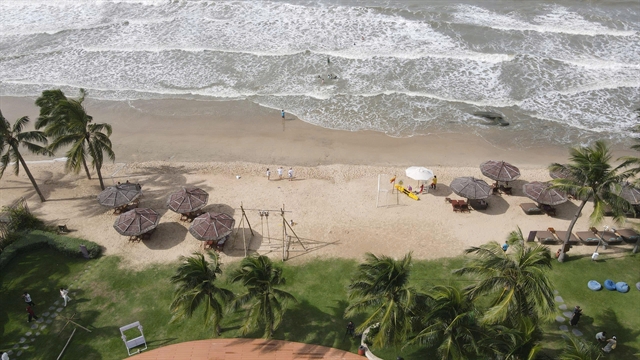
|
| Tourists enjoy the beach in Vũng Tàu, a coastal destination linked to HCM City’s new urban–industrial–marine tourism strategy that combines city life, cultural heritage and seaside escapes. — VNA/VNS Photo Huỳnh Sơn |
Expanding multi-layered experiences
Despite its advantages, the city faces challenges in developing distinctive, layered experiences, especially as it adapts to administrative restructuring.
Many localities still lack signature tourism products, while human resources remain uneven, with training gaps in specialised areas.
For example, Vũng Tàu Ward has strong marine tourism potential but struggles with infrastructure shortcomings, particularly in accommodation, dining and transport.
Competition from established destinations such as Phú Quốc, Đà Nẵng and Phan Thiết further limits its appeal to high-spending visitors.
Other areas like Long Hải, Đất Đỏ and Xuyên Mộc also face infrastructure constraints, with tourism offerings concentrated in eco-resorts and limited urban–industrial–marine linkages.
Similarly, Thuận An, Lái Thiêu and Chánh Hiệp wards have potential in industrial and craft village tourism but lack differentiated products to stand out.
Hồng Thu Mai, a representative of Saigontourist Travel Service, said businesses are moving towards sustainable development, so resources linked with forests, seas and green production will be prioritised.
“Sustainable tourism is increasingly favoured by both domestic and international visitors,” she said.
To add vibrancy, experts recommend creating unique local products such as weekend cultural symphonies on central squares, regular fireworks shows combined with night-time dining and shopping events.
Lê Hồng Tú, general director of BT Tour, stressed the need for distinctive offerings: “Without breakthrough products, the city risks losing competitiveness despite its wealth of resources.”
Since many international travellers stay only a few days in the city centre before venturing to nearby provinces, tourism operators emphasise that outlying districts need regular, high-quality programmes to retain visitors longer.
With a goal of double-digit economic growth, the city views tourism as a key driver in its ambition to become a “global mega-city.”
By enhancing connectivity and diversifying experiences, officials and businesses alike aim to position the city as a premier tourism hub of Southeast Asia. — VNS


